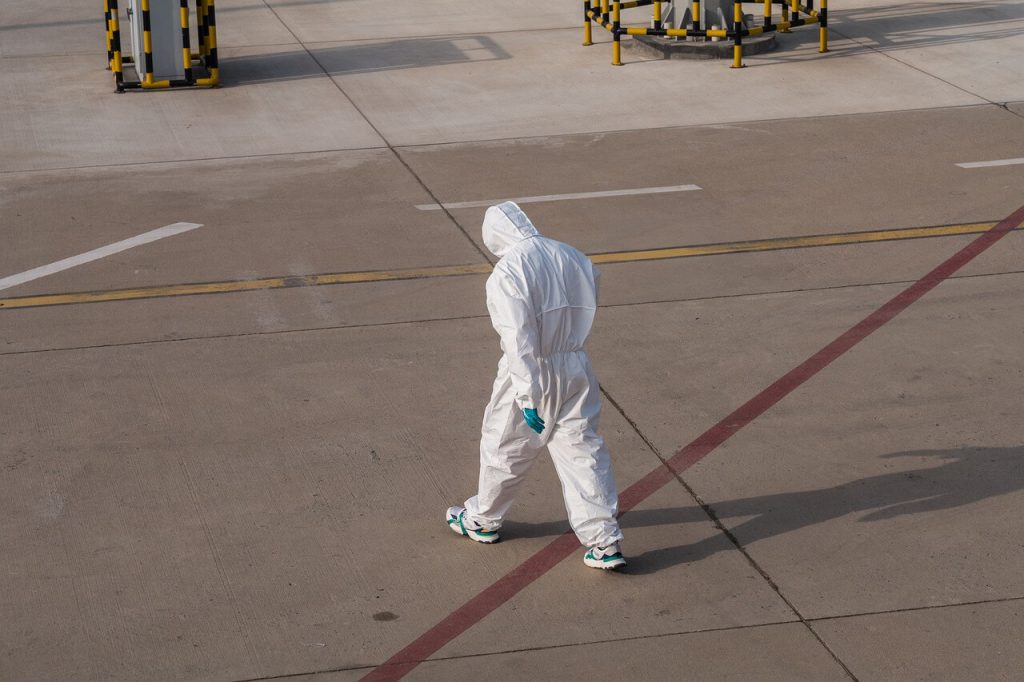Due to the coronavirus pandemic, I have not been to Croatia since November 2019. In fact, I have been “trapped” in Sweden since then. While at home, I’ve had the opportunity to study the countries’ handling of the crisis.
At the end of January 2020, the first coronavirus case was reported in Sweden. A young woman was diagnosed with the disease upon returning from China. At the time, the Public Health Agency (Folkhälsomyndigheten) said that the risk of a major outbreak was ‘very low’. In mid-February, the virus exploded in northern Italy. Coincidentally, thousands of Swedes were on a ski vacation in the Italian Alps. At the end of February, the first wave reached Sweden. It was likely brought to Sweden by ski tourists returning from the Italian Alps. By mid-March, Sweden was the epicenter of the pandemic in Scandinavia.
In early March, the World Health Organization (WHO) declared the coronavirus outbreak a pandemic. By that time, the virus arrived in Croatia. Shortly afterward, the country imposed a complete lockdown. My grandparents couldn’t leave their municipality without a valid coronavirus passport, propusnica. Non-citizens couldn’t enter the country without a negative coronavirus test. Meanwhile, in Sweden, it was pretty much business as usual. There were no major restrictions on freedom of movement, and restaurants, bars, cafés, etc kept open. The authorities issued recommendations, calling on folks to wash their hands, keep distance, avoid crowded spaces, cancel unnecessary trips, and so forth.
The main difference lies in the role the national governments played. For months, Folkhälsomyndigheten stood at the forefront of the battle against the pandemic. For many Swedes, watching Folkhälsomyndigheten’s press conferences became a part of the daily routine. Anders Tegnell, the state epidemiologist, became a symbol for the Swedish model. Tegnell, not prime minister Stefan Löfven, was interviewed by The Daily Show of Trevor Noah. That says a lot!
In Croatia, on the other hand, the government has taken an active role since day one. Prime minister Andrej Plenković, interior minister Davor Božinović, and health minister Vili Beroš led the decision-making and were automatically held responsible for all mistakes.
There’s more than one reason for that. Sweden doesn’t have ministerial governance, which in this case means that decisions concerning the Public Health Agency are made by the government as a whole, and not by the Minister of Social Affairs. Also, Swedish politicians have traditionally avoided interfering in the work of the authorities, that is the government agencies. That’s the main reason why the opposition initially backed the ‘Swedish model’.
As of April 2021, it’s hard to say whether the Swedish model or the Croatian model was the right one. However, it’s clear that the Swedish system wasn’t built to handle a crisis of this magnitude. Croatia, on the other hand, declared victory too early. Consequently, folks became more laid-back, causing a real backlash in the form of a stronger than expected second wave in September-October.
Learn more about coronavirus news and travel in Croatia on our TC page.
For more about COVID-19 in Croatia, follow TCN’s dedicated page.











